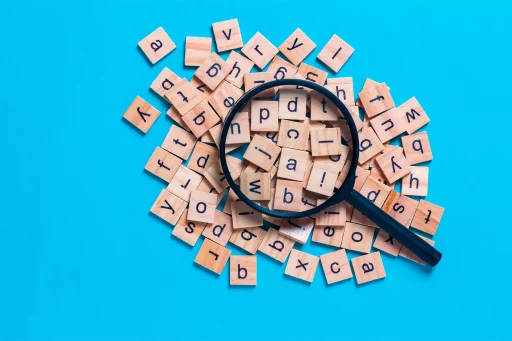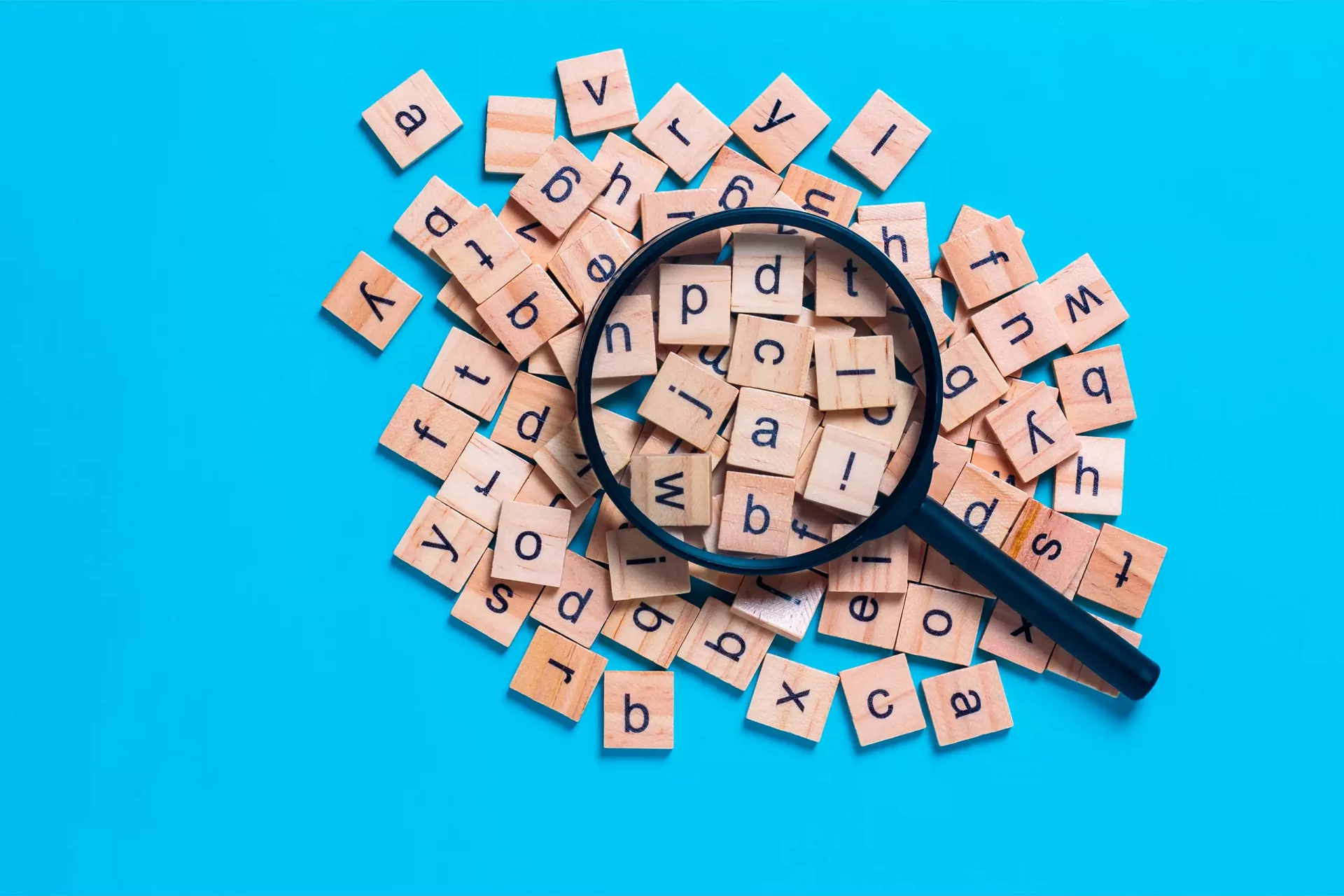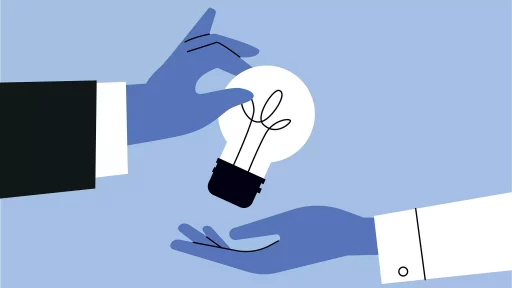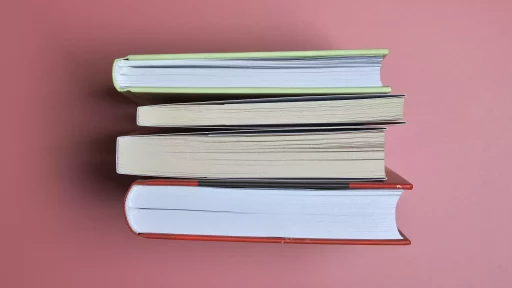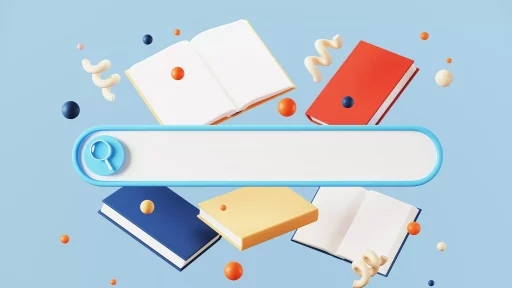Introduction
Blackboards have been a staple in educational settings for centuries, serving as a primary medium for instruction. Despite their evolution from traditional designs to modern alternatives, understanding what blackboards are made of can unearth fascinating aspects of their functionality and longevity.
The Traditional Blackboard
Traditionally, blackboards were made from slate, a natural stone that is both durable and smooth. This material allowed teachers to write with chalk, easily erase mistakes, and provide an engaging platform for interaction. Let’s dive deeper into the materials that compose blackboards.
Materials Used in Blackboards
- Slate: As mentioned, slate is a metamorphic rock that has been used for centuries. Its smooth surface and natural color made it ideal for chalk applications.
- Wood: In the early days of education, wooden boards were prevalent. These were typically painted black or green to resemble a slate surface but would often require repainting and maintenance.
- Painted Steel: This modern material consists of a steel sheet coated with a special paint that allows for chalk application and easy cleaning.
- Porcelain Enamel: Often used in more upscale settings, porcelain enamel blackboards are made from a steel base coated with glass-like porcelain. These boards are not only durable but also easily cleanable without damage.
- Melamine: This is a resin-based material that is lightweight and cost-effective, making it a popular alternative for many educational institutions.
Case Studies
To better understand the evolution of blackboard materials, let’s look at a few case studies:
Case Study: The Decline of Slate
As schools began transitioning from traditional methods to modern technology, the use of slate blackboards declined. In a study conducted by the National Education Association in the 1980s, it was found that only 5% of classrooms still utilized slate blackboards. While their durability and reusability were assets, the weight of slate and the difficulty in replacement led to a shift towards lighter, easier-to-maintain materials.
Case Study: The Rise of Whiteboards
With the emergence of whiteboards in the 1990s, schools began adopting painted steel and porcelain enamel boards. According to a survey conducted in 2010, more than 80% of classrooms in North America had replaced traditional blackboards with these newer technologies due to their cleaner functionality and reduced chalk dust.
Statistics on Blackboard Usage
Understanding the trends in blackboard materials can be reflected in the following statistics:
- According to a 2021 report by EdTech Magazine, 75% of educators agree that interactive whiteboards enhance student engagement.
- A 2020 survey found that chalkboards made from slate only made up 2% of classroom tools in active use.
- Statistics show that over 90% of K-12 schools in the U.S. now use some form of whiteboard technology.
The Environmental Perspective
As society becomes increasingly aware of environmental issues, the question of sustainability in blackboard materials has emerged. Materials like melamine and painted steel are often produced using more sustainable practices, thus reducing their carbon footprint. Ensuring that blackboards are made from recycled or easily recyclable materials can contribute positively to saving the planet.
Conclusion
In conclusion, blackboards have transitioned from slate to a diverse array of materials that cater to modern educational needs. From the traditional classroom setting to tech-savvy learning environments, understanding the composition of blackboards gives us insight into their functionality, sustainability, and relevance in today’s educational landscape. As technology continues to develop, we can expect blackboards to evolve further, combining function and eco-friendliness effectively.
